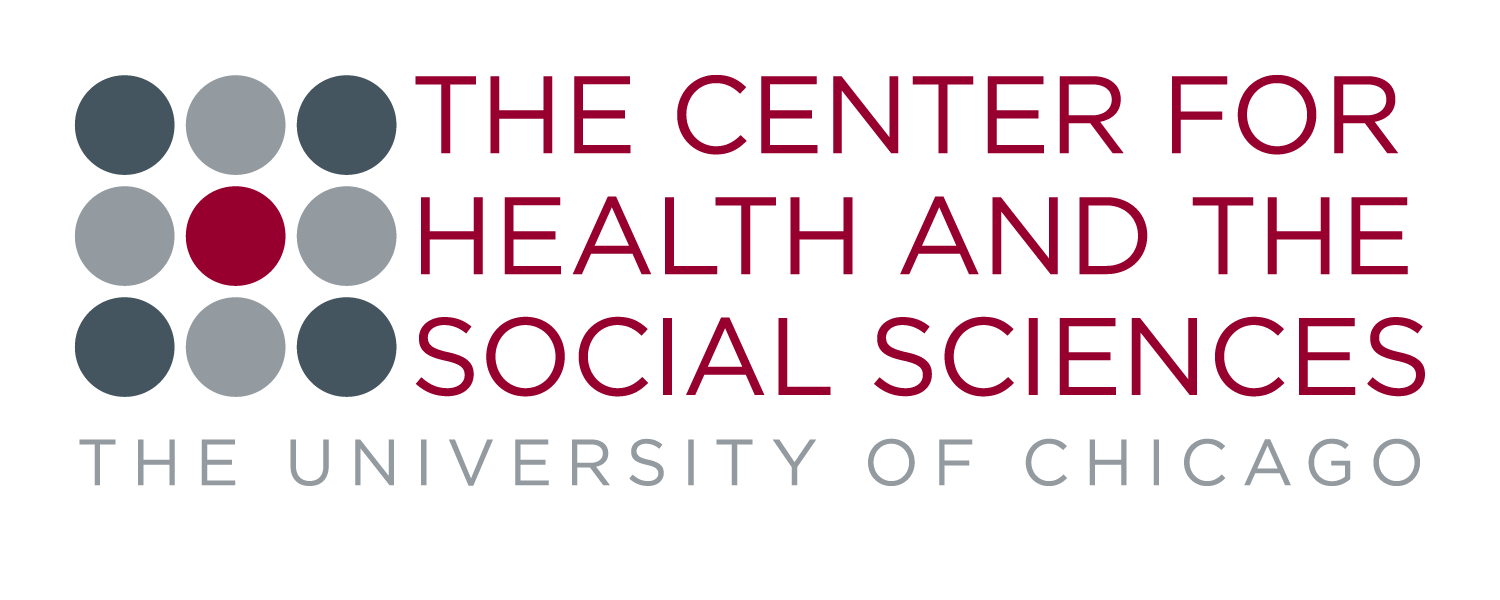Lakeside: Dental Health Amid Urban Transformation
PI: Kathleen Cagney, PhD
Dental health is not only an important issue in its own right, but is also intrinsically linked to general health. Although often overlooked, it is also critical to the economic well-being of individuals and communities. Impoverished urban neighborhoods, such as those on the South Side of Chicago, are characterized by low levels of education; aggregate incomes below the poverty threshold; and a population that is primarily African American and Latino. These are all known risk factors for caries, periodontitis, and failure to receive regular dental care. These neighborhoods also have very limited access to both dental and medical care, and evidence suggests that residents with significant dental problems often seek care from emergency rooms. However, there are no systematic data on dental health for these communities, and no data that connects medical risk factors to complications of poor dental health.
Lakeside, a proposed residential and commercial development on Chicago’s South Side, will provide an unprecedented opportunity to study the impact that urban transformation may have on the health— including oral health—of some of these communities. The 600-acre development planned for the former site of U.S. Steel South Works offers conditions that make it ideal for research: it is off the power grid, uninhabited, and in close proximity to impoverished urban areas. A group led by Dr. Kathleen Cagney plans a prospective social science study of the effects of the Lakeside development on neighboring communities. A key component of the project requiring support will be collecting data on dental health and examining the probable links between dental health and economic outcomes.
This is a critical line of inquiry because the Lakeside development promises a surge in service-sector jobs, and acquiring work may depend on having an intact smile and healthy mouth. Dr. Cagney’s work will be among the first to link quality of smile with respondent perceptions of job fit and, ultimately, employment.
The Lakeside development will span decades, result in the creation of an entirely new neighborhood, and dramatically transform surrounding neighborhoods. Study of the dental health of the communities near Lakeside is necessary both to understand potential unmet need, and to track Lakeside’s impact. Lakeside’s development could improve dental health if it brings new dental practices to the surrounding area or provides employment, especially jobs that offer dental insurance. Alternately, the Lakeside development could harm dental health if it prompts dental practices in neighboring communities to relocate, become more selective in the insurance they take, or go out of business. To understand the effects of the coming transformation, it is critical to obtain baseline information on dental health, access to care, and related medical issues in this population before significant economic change takes place.
To characterize dental health in this under-resourced urban environment, the researchers propose to obtain respondent-reported assessments of dental health; photo-imaging of respondents’ mouths with intraoral cameras; and linked data that geo-locates and surveys dentists and medical clinics on the South Side. Studies that link the individual to his or her environment are relatively rare, but rarer still is work that situates dental health in the physical, social, and clinical environment in which it takes shape. Baseline data collected before “treatment” (i.e. before development takes off) would set the stage for a series of follow-up studies to address whether dental health has improved and to provide critical insight into the development of public policies and clinical interventions.
